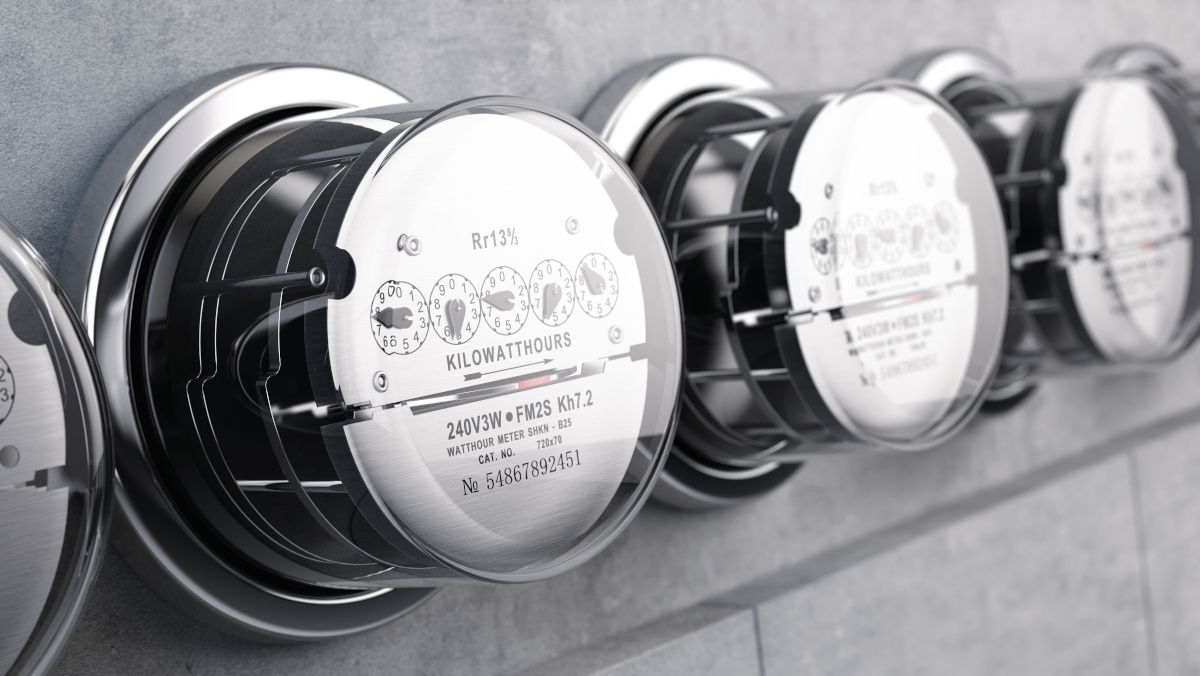Energy efficiency and machinery
Benefits and strategies for keeping up with energy efficiency standards for equipment.
Photo © AdobeStock.com/Sashkin

Manufacturers across multiple industries have made it a goal to increase the sustainability of their operations. According to a survey of 480 sustainability executives from the Capgemini Research Institute, published in its “Sustainable Operations” report, 91% of manufacturing organizations aim to achieve 100% renewable energy and 87% aim to achieve carbon-neutral operations by 2040 at the latest.1 According to the same report, eight in 10 organizations state that embracing sustainability enhanced their brand reputations and ESG (environmental, social, and governance) rating of the company. It can also reduce costs for a company. The “Sustainable Operations” report cites a meta-analysis that found 90% of the reviewed sources on the cost of capital showed that sustainable practices resulted in reduction of capital costs.2 For example, some banks structure loans in a way that offers lower interest rates if a company improves sustainability targets and other metrics.
Food and dietary supplement manufacturing is no different. There are a wealth of ways to tackle sustainability, but this article focuses on equipment. Equipment used to process raw materials and manufacture products eats up a good chunk of energy. For example, according to Environmental Protection Agency (EPA), plug loads and processes make up 25% of the energy consumption split in a U.S. Pharma facility.3 Manufacturers that have the capital to invest in new facilities make energy efficiency a priority, including new manufacturing equipment with the highest energy-efficiency rating.
“Nowadays, energy efficiency is a must; component providers have reacted and are providing new equipment that allows us to build more energy efficient equipment solutions without worrying about technical or functionality compromises,” says Thierry Protas, digital factory business owner for Antares Vision Group (Travagliato, Italy), a prominent supplier of inspection and traceability equipment solutions. “We are sensitive to the energy consumed by all components incorporated into our new machine generation, and fulfil our customer requirements to reduce energy consumption.”
Of course, not all manufacturers are capable of making that kind of investment, but must adapt to compete with rivals by bringing in new equipment piece meal or upgrading legacy equipment. According to Protas, upgrading legacy equipment is possible, but does require a lot of work.
“Upgrading energy efficiency on legacy equipment generally involves a technical survey that manages each machine along a line,” he explains. “Notably, this is very situation-specific, but often hardware and/or software improvements are possible that improve energy efficiency.”
Manufacturers may also have the option of tracking efficiency to make periodic improvements over time. For example, Antares offers its Diamind Factory solution, “which includes tools such as an efficiency module that measures and analyzes machine failures and energy consumption,” says Protas. “The tool gauges all this in correlation to OEE (Overall Equipment Effectiveness), allowing for informed decisions that consider each of this complicated issue’s wide-ranging aspects, including potential machine failures, availability, energy consumption, etc.”
Such tools can not only fine tune your current processes to maximize efficiency, but also aid you in maintaining a high level of efficiency as an operation scales up. Maintain efficiency while trying to scale up production is not always a straightforward process. For example, a white paper from the Charles Ross and Son Company (Hauppauge, NY), which specializes in mixers, explains that when production demands grow, it may become necessary to adjust batch sizes as opposed to adding more mixers with identical capacity.
“This strategy increases production but may fail to capture economies of scale. With every square foot of floor space occupied by numerous small mixers, the associated labor and maintenance costs also go up when they really don’t need to if only a larger mixer is used instead,” the paper explains. “At the same time, it is important to note that too large a batch size can be just as disadvantageous as having multiple under-sized mixers…In some cases, the solution might be to utilize different size mixers that can offer processing flexibility and allow for more nimble production.”
This decision depends on a number of factors, including batch volume and frequency, the number of mixers, set-up and changeover costs, as well as inventory levels. The white paper also points out that when mixers increase in size, their power per unit volume can decrease, requiring manufacturers to increase mixing time to compensate for the lower energy density. Therefore, energy efficiency not only depends on the technology in the machine, but also on how machinery is utilized during production.
References
- Sustainable operations: A comprehensive guide for manufacturers. Capgemini Research Institute. Accessed January 12, 2024. https://www.capgemini.com/wp-content/uploads/2021/06/Capgemini-Research-Institute_Sustainable-Operations_Web.pdf
- Clark, G.L.; Feiner, A.; Viehs, M. From the stockholder to the stakeholder: How sustainability can drive fnancial outperformance. SSRN, 2015. DOI: 10.2139/ssrn.2508281
- How to make pharma manufacturing more energy efficient: and why does it really matter. Capgemini Invent. Accessed January 12, 2024 https://prod.ucwe.capgemini.com/wp-content/uploads/2023/03/How-to-make-Pharma-manufacturing-more-energy-efficient.pdf

What's next for NPA and CRN in their complaints against New York state?
May 2nd 2024The latest updates in the efforts of the Natural Products Association and the Council for Responsible Nutrition to sue New York state for its law banning the sale of weight management and muscle building supplements to minors.